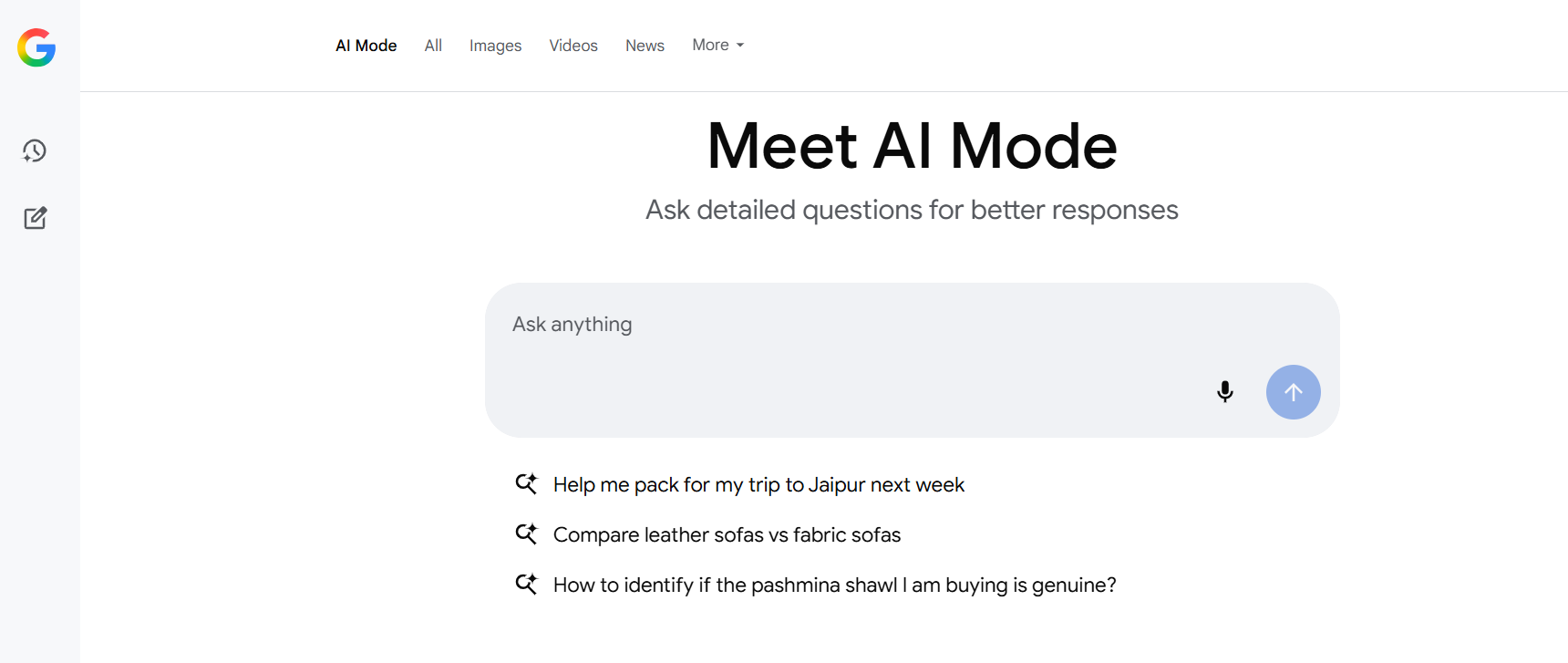The world is constantly changing and keeping up with the trends is now crucial. The healthcare industry is not lagging behind. The introduction of technology has enabled the healthcare sector to become more accessible to patients and has transformed the way we once perceived healthcare. With 2020 being the year of Covid-19 it has changed the scenario for healthcare exponentially. Healthcare providers including doctors and clinics are looking for a more feasible way to expand the reach of healthcare and in this case, technology has been a holy grail. Introducing telehealth as a modern healthcare practice was the need of the hour. It enabled healthcare service providers to meet the needs of healthcare consumers and expand their reach and revolutionize the health care delivery system.
With the pandemic hovering over our heads and us trying to help our frontline workers from contracting the infection virtual care has been an effective and crucial way for treating patients including Covid-19 cases. It has facilitated healthcare consumers to carry on their routine visits without it being risky or complicated during the quarantine. However, these temporary shifts in the care delivery system have paved the way for telehealth expansion. Currently, a variety of telehealth tools are available to help you manage your health and receive the services you need from health care professionals. Are you aware of these tools?
As we progress in this article we are going to discuss the various ways that telehealth has revolutionized the healthcare system and its various benefits. But, before the discussion of the next generation care delivery system let us first understand what telehealth is.
What is Telehealth?
Telehealth or telemedicine refers to the exchange of medical information from a health care professional to a patient through electronic communication. While telemedicine had been around for decades now it has recently caught up a fast pace and is growing rapidly post the pandemic. The implementation of telehealth on a wider scale in the healthcare industry has helped bring patients to their choice of doctors without any hassle and more efficiently.
Telehealth has enabled the healthcare industry to tackle many challenges that it has been facing for the longest time. With the introduction of telehealth in the care delivery system patients now have access to quality health care from any part of the world. Below is the list of a few challenges that telehealth has helped tackle:
- Reduced patient dissatisfaction
- Lack of access to quality health care in rural areas
- Exponentially reduced the chances of mismanagement of chronic diseases
- There is no fragmentation of care
- Reduced waiting time for patients
- It enabled patients to receive care from the comfort of their homes. It is a cost-effective way to receive health care.
- No more stress, inconvenience, and frustration.
Telehealth has enabled the healthcare industry to meet the needs of today’s high demand of healthcare services It supports the efforts of significantly improving the care delivery system by increasing and providing efficiency and accessibility by reducing the need for clinical support, travel, overcoming geographical barriers, and improving patient outcomes. Here are a few telehealth benefits:
Benefits of Introducing Telehealth in the Healthcare Industry:
Provides Protection to Healthcare Professionals and Patients: The year 2020 has been a year of unprecedented experience the risk of contracting the infection and the surging demands of healthcare professionals made telehealth a necessary and safe way to provide quality care to patients and also ensuring that our frontline warriors were safe. A recent study suggests that more than 60% of the patients are willing to try telehealth post the pandemic. Integrating the Internet of Medical Devices to telehealth has enabled health care professionals to stay up-to-date with a patient’s health condition and know their vitals from a distance and prescribe treatments accordingly.
Increases Patient Engagement: The increasing role of value-based reimbursement and consumerism in health care has emphasized clinicians and healthcare professionals and a new and improved way to interact with their patients and involve them in self-care. Improving care delivery also includes teaching patients proactively ways to take care of themselves. In the case of chronic illness, this is of substantial importance. Using telehealth for remotely monitoring patients’ health is an effective way to improve outcomes whilst cutting costs.
Expand The Reach and Make Quality Healthcare More Accessible: There is a shortage of healthcare professionals and telehealth can help healthcare service providers to stretch their network and expand access to care. Telehealth enables health care service providers to reach people outside their normal radar and also living in rural areas.
Improves Clinical workflow: Implementing telehealth has improved and increased clinical workflow exponentially. It is the perfect conduit to serve prioritization of care delivery, improves communication by storing, capturing, and using patient data for better and quicker medical decision The Medical Group Management Association in its report suggests that telehealth is one of the best performing practices in the nation and it has helped facilitate an increase in the healthcare professionals performance and improved patient outcomes significantly.
Significant Growth In Practice Revenue: While telehealth has decreased the overhead costs incurred by healthcare professionals per visit it is also less time-consuming for both professionals and patients. It improves the efficiency of practice by cutting down no-shows and provides a competitive advantage of retaining and attracting more patients by implementing new models of care delivery.
It also provides patients with an added advantage by saving loads of money they spend to seek quality healthcare. With telehealth at their disposal, they can have access to healthcare professionals of their choice using any smart device. It cuts down costs on traveling. It is a win-win situation for both.
Why should you implement telehealth?
Are you still contemplating implementing telehealth? As a business owner, it is crucial that you list down the pros and cons. However, in this case, the pros seem to have a much longer list than the cons. Telehealth applications require a low-cost implementation and the cost incurred for telehealth is much lower compared to onsite visits. Including such a modern facility is sure to lure in more consumers and most importantly improve your overall patient result.
Telemedicine is one of the biggest trends hitting the healthcare industry and it is a market-driven necessity. Now that you can visualize implementing telemedicine in your organization, feel free to contact us here.

 Web and Full Stack
Web and Full Stack CMS and Frameworks
CMS and Frameworks Online Marketing
Online Marketing Cloud Services
Cloud Services ECommerce
ECommerce Mobile
Mobile



